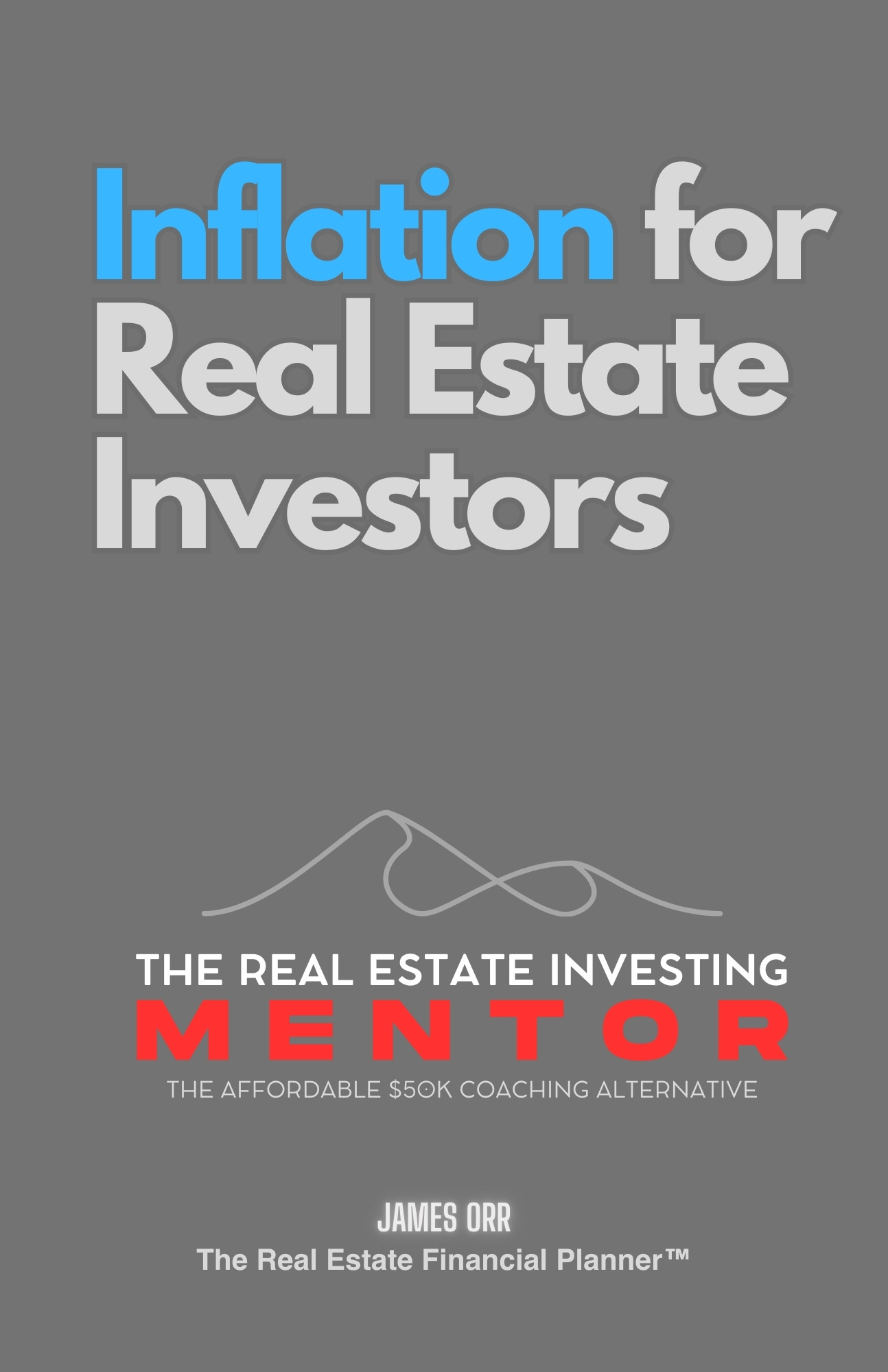Creative Financing Techniques and Inflation
Part 17 (and final part) of Inflation for Real Estate Investors
This series is an EXPANDED VERSION of the new book I just published called Inflation for Real Estate Investors.
Creative Financing Techniques and Inflation
In an inflationary environment, real estate investors may find traditional bank lending restrictive due to tightened lending criteria, increased interest rates, or their own limited credit capacity from rapid acquisitions.
Even when financing is available, you may want to move quickly and maximize leverage with limited down payments and flexible credit requirements associated with creative financing to take full advantage of rising property values and rents.
Creative financing options can provide flexible alternatives to traditional loans, enabling investors to grow their portfolios while managing cash flow and risk.
Here’s a closer look at some common creative financing strategies:
Owner Financing - In this arrangement, the seller acts as the lender, allowing you to make payments directly to them instead of a bank. This can offer more favorable terms, such as lower down payments, flexible interest rates, flexible credit requirements, or a customized payment schedule, making it easier to acquire properties without needing traditional financing.
Wrap Financing - Also known as a wraparound mortgage, this structure allows you to take over the seller’s existing mortgage while adding additional financing. The seller often continues making payments on the original loan, and you make payments to the seller that "wrap around" the existing mortgage. This can help secure properties with minimal upfront costs and allow you to benefit from potentially favorable existing loan terms.
Loan Assumption - With a loan assumption, you take over the seller’s existing mortgage with the lender’s approval. This can be beneficial in a high-inflation environment if the original loan has a lower interest rate than current market rates. By assuming the loan, you may reduce your overall borrowing costs and preserve credit capacity. Usually a strategy for Nomads™ or house hackers since they often are for owner-occupants only.
The Rent-To-Own Family (Lease-Options, Lease-Purchases) - These arrangements allow you to control a property with the option or obligation to purchase it at a later date. Lease-options and lease-purchases enable you to lock in today’s property price while benefiting from any future appreciation. This approach often requires less upfront capital and offers flexibility, making it a valuable tool in high-inflation environments.
Agreement for Deed, Bond for Deed, Contract for Deed, Installment Land Contract Family - These types of agreements allow you to make installment payments directly to the seller while gaining equitable interest in the property over time. The seller retains legal title until the terms of the contract are fulfilled. This approach can offer more flexible financing terms, lower down payments, and bypass traditional lending hurdles.
Subject To - In a subject-to deal, you take over the existing mortgage payments without formally assuming the loan. The seller’s name remains on the mortgage, but you gain control of the property. This allows you to benefit from the original loan terms, such as a lower interest rate, which can be particularly advantageous when inflation drives up new loan rates. Subject-to deals often require less upfront cash and can preserve your credit capacity.
These creative financing techniques provide valuable options for real estate investors looking to move quickly, maximize leverage, and navigate the challenges of high inflation. By leveraging these strategies, you can acquire more properties with limited capital, maintain flexibility, and continue growing your portfolio despite market constraints.
Be careful with the added risk of taking on significant amounts of additional debt. Consider significantly increasing your reserves to help offset these additional risks.
And this wraps up our mini-series on inflation for real estate investors. I hope you’ve found the insights valuable and gained a better understanding of how inflation impacts your investments and strategies.
Looking ahead to 2025 and beyond, I’m excited to bring you even more actionable ideas, in-depth analysis, and tools to help you succeed in your real estate investing journey. Stay tuned for some great content in the pipeline—I can’t wait to share what’s next!
As we close out this series, I want to take a moment to wish you and your loved ones a very Merry Christmas. May your holidays be filled with joy, peace, and all the things that matter most. Here’s to a prosperous new year ahead!
Love,
James



